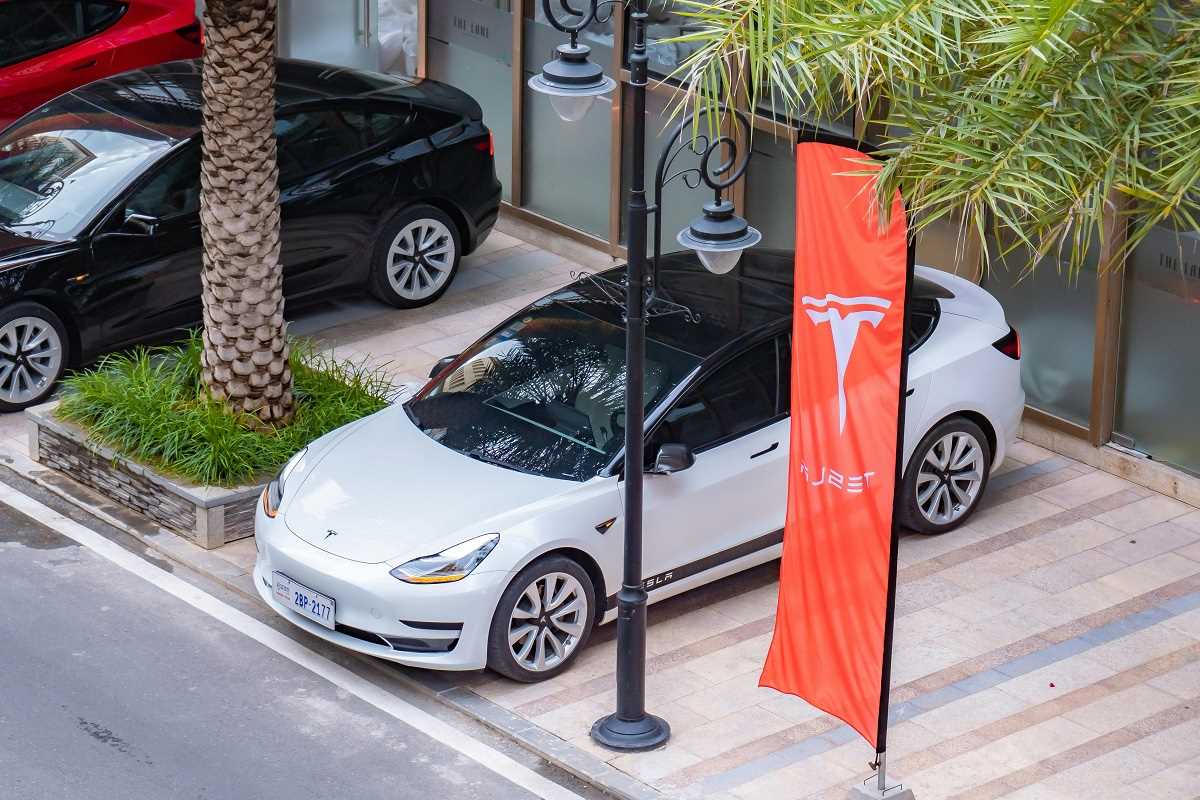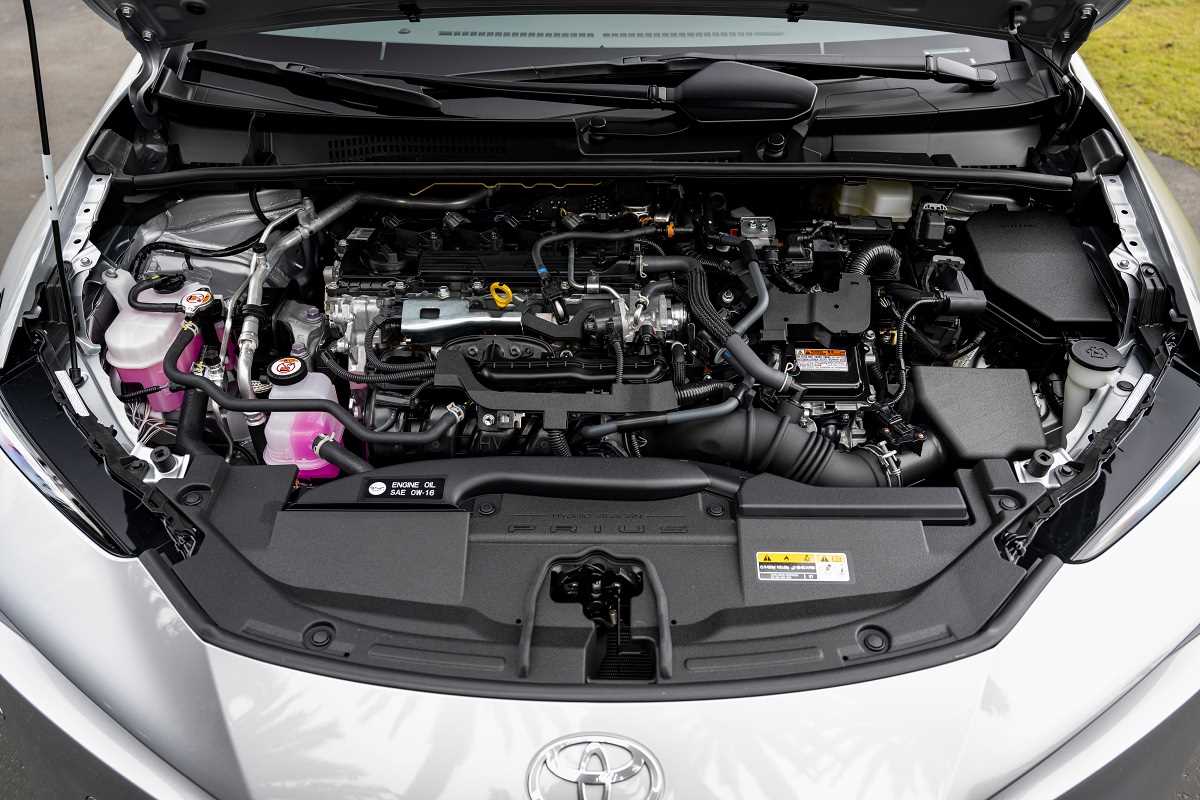Self-driving cars are no longer a distant dream—they’re becoming a reality, and their potential impact on transportation is profound. At the intersection of cutting-edge technology and practical application, these autonomous vehicles promise to reshape urban mobility and bring about significant changes in the way we live, commute, and protect the environment. However, this revolution also brings challenges and ethical considerations that must be addressed.
This blog dives into how self-driving cars are changing transportation for both urban commuters and environmentalists, as well as the opportunities and obstacles along the way.
Understanding Self-Driving Technology
Self-driving cars, also known as autonomous or driverless vehicles, rely on advanced artificial intelligence, sensors, cameras, and GPS technology to operate without human intervention. These systems allow the vehicles to interpret and respond to their environment in real-time, managing tasks such as navigation, steering, and braking.
These cars are designed to be increasingly efficient, offering solutions to some of society’s greatest transportation challenges. But what exactly does this mean for our cities and daily lives?
Easing Urban Traffic for Commuters
Traffic congestion is the bane of city life, costing commuters hours of productivity and contributing to substantial carbon emissions. One of the most promising benefits of self-driving cars is their ability to reduce traffic jams in urban areas.
How? Self-driving cars can communicate with each other to optimize traffic flow, avoid bottlenecks, and make smarter decisions at intersections. With real-time data exchange, autonomous vehicles can anticipate congestion zones before they reach them, reducing delays for everyone on the road.
For urban commuters, this means faster and more predictable travel times. For environmentalists, it translates to reduced emissions and lower energy consumption—an essential step toward achieving climate goals in our cities.
Improving Road Safety
One of the most compelling arguments for self-driving technology is its potential to save lives. Human error is currently responsible for approximately 94% of traffic accidents, according to the National Highway Traffic Safety Administration (NHTSA). Autonomous vehicles, equipped with consistent awareness, reaction times in milliseconds, and freedom from distractions, could significantly reduce these numbers.
The ability to eliminate reckless behaviors—such as speeding, texting while driving, or driving under the influence—could make our roads far safer, not just for passengers, but for pedestrians, cyclists, and other vehicles.
However, safety can only be guaranteed when the technology matures to handle a range of unforeseen scenarios. This brings us to an important discussion on ethics and trust.
Tackling Ethical and Security Challenges
While the benefits of self-driving cars are significant, they also come with complex ethical and security issues. One particularly pressing concern is how these vehicles make decisions in high-stake, emergency scenarios. If a collision is unavoidable, how does an autonomous car decide whose safety to prioritize? These are decisions that involve deep moral and ethical challenges.
On the security front, self-driving cars are heavily reliant on data and connectivity, making them potential targets for hackers. Without robust cybersecurity measures, malicious actors could take control of vehicles or disrupt traffic systems—a risk no city can afford.
Public trust is another hurdle. Many individuals are hesitant about putting their faith in technology over a human driver, especially when accountability in accidents remains unclear. Policymakers, manufacturers, and tech developers need to work together to address these concerns transparently.
Economic Shifts & Job Implications
The widespread adoption of self-driving cars will likely disrupt the economy in both positive and negative ways. Industries relying on manual driving, such as trucking, taxis, and delivery services, face potential job losses due to automation. Millions of drivers may need to retrain or transition into other roles over time.
On the flip side, new job opportunities could emerge in fields such as autonomous vehicle maintenance, software development, and AI testing. Additionally, reduced transportation costs could make goods and services cheaper for consumers, providing a potential boost to other economic sectors.
Governments will need to implement policies to manage this economic shift, including supporting workers through retraining programs and fostering innovation in industries benefiting from autonomous vehicles.
Infrastructure Overhauls for the Future
For self-driving technology to reach its full potential, urban infrastructure will need to adapt. This includes smart roadways equipped with sensors, advanced communication networks to facilitate vehicle-to-vehicle (V2V) communication, and dedicated lanes for autonomous vehicles. Without these upgrades, the efficiency of self-driving cars could be compromised.
Investing in infrastructure is vital for creating a conducive ecosystem where autonomous vehicles can thrive. While the upfront costs may be significant, the long-term benefits—lower congestion, enhanced safety, and reduced environmental impact—are well worth it.
Building Towards Public Trust and Acceptance
The future of autonomous vehicles hinges on one crucial factor—public acceptance. Without trust, even the most advanced technology will face resistance.
Clear regulations, rigorous vehicle testing, and transparency in decision-making will be pivotal in building confidence among the public. Manufacturers must also educate the public on how their systems work, their safety standards, and the rigorous safeguards they’ve implemented against malfunctions and cyber threats.
Consumers will feel more confident using self-driving cars when they see evidence of accountability in place, whether that’s clearly defined liability laws or stringent government oversight during this evolving transition.
Are we ready for driverless streets? Only time will tell—but one thing is sure: the future of transportation is moving at full speed.
If you’re inspired by how autonomous technology is reshaping industries, stay connected with us for more insightful articles exploring the future of transportation and innovation.
 (Image via
(Image via

.jpg)



